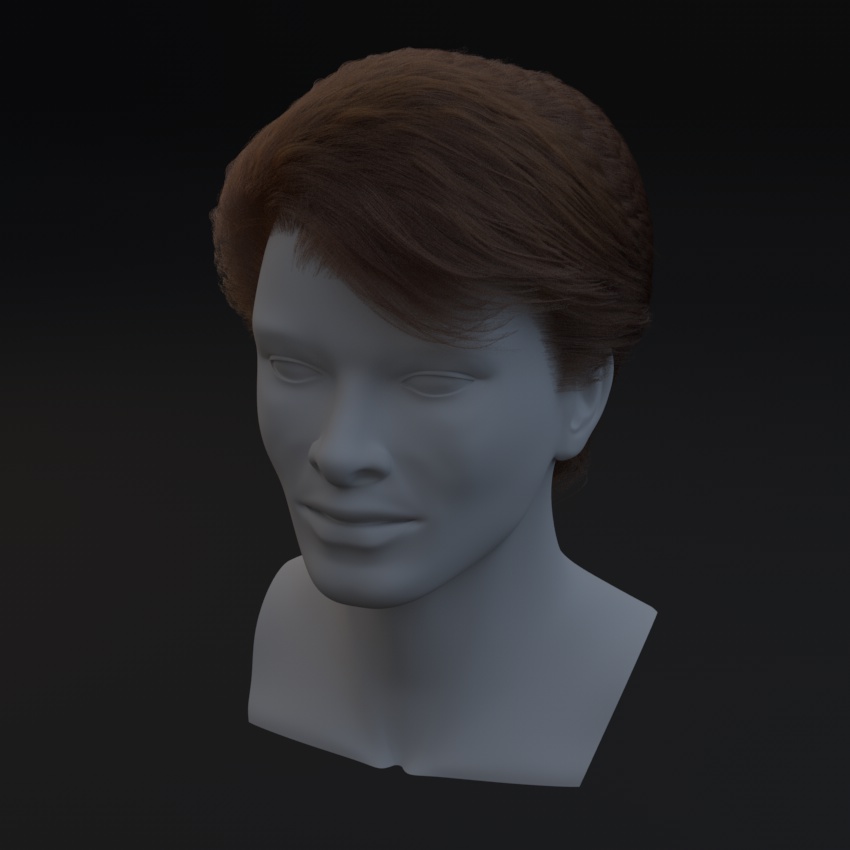

- #Arnold for cinema 4d tutorials how to#
- #Arnold for cinema 4d tutorials skin#
- #Arnold for cinema 4d tutorials series#
The rendering section of the course is about 75 minutes in 5 lessons. then we discover different render settings and also we learn about texture settings and tx manager in Arnold.
#Arnold for cinema 4d tutorials how to#
Then we learn about custom AOVs and how to write them out using Arnold shader network editor. what are the AOVs that Arnold offers and how to export and composite them in a composting app like After effects. In the section 6 of the course we learn how to render our scenes in Arnold for cinema 4d, we learn about Arnold drivers, we learn about AOVs. In about 35 minutes and in 4 lessons we learn all about cameras. Then we see what Arnold has to offer when the time comes to cameras, we learn about different camera features and different camera types, we explore how to achieve effects like depth of field and motion blur. The shading section of this course is about 3 and a half hour in 16 lessons. Īnd then we take a closer look at the available nodes in Arnold shader network editor, we learn about layer color node, different color nodes, conversion, math and shading state nodes, we learn how to use user data and utility nodes and hopefully after watching these you should be very comfortable to develop complex shaders using these long list of nodes. Then we learn about ray-switch, ambient occlusion, wire frame, utility, flat, lambert, two-sided and shadow matte shaders.
#Arnold for cinema 4d tutorials skin#
we explore skin shader and hair shader in a lot of details, these two shaders lets you realistically create subsurface scattering and hair shaders, the hair shader particularly is fantastic, and definitely one of the best hair shaders out there. Then we discover bump and displacement mapping in Arnold. įirst we learn about standard shader which is the main shader in Arnold and capable of creating all sort of materials, we cover standard shader in the longest lesson of this course in about 40 minutes. In the next section of the comprehensive introduction to Arnold For Cinema 4d, we start talking about shading and shader network, Arnold's node-based shader network is one of the point that sets Arnold apart, it is so powerful that's gonna blow your mind, its gonna change the way you think about shaders and developing them. The lighting section of this course is about 1 hour a and 20 minutes in 12 lessons. We learn what are light filters and how to use them, what is physical sky and image based lighting, we learn about amazing volumetric effects in Arnold for cinema 4d, including Volume scattering and fog. spot, distant and point lights, mesh and photometric lights. The next section of the course is dedicated to lighting, we learn about different lights in Arnold and different lighting techniques, we learn about Area Lights.

Sampling and ray depth are the most important principles that you should be familiar with when working with Arnold for Cinema 4d, that's is why we discuss them thoroughly in more than 50 minutes and in 7 lessons, we make sure you comprehend the core principles before moving on to more general topics like lighting and shading. įirst I show you where to find different Arnold tools and functions inside Cinema 4d, and walk you through the general workflow to get your job down with Arnold inside Cinema 4d
#Arnold for cinema 4d tutorials series#
In this series of tutorials in 8 hours and 20 minutes ,that's 500 minutes of tutorials, we learn how to use Arnold for cinema 4d. Mographplus - Comprehensive Introduction to ARNOLD for Cinema 4dĭuration 8h 20m | aac, 44100 Hz, stereo | h264, yuv420p, 1920x1080, 24fps | 2.5 GB


 0 kommentar(er)
0 kommentar(er)
